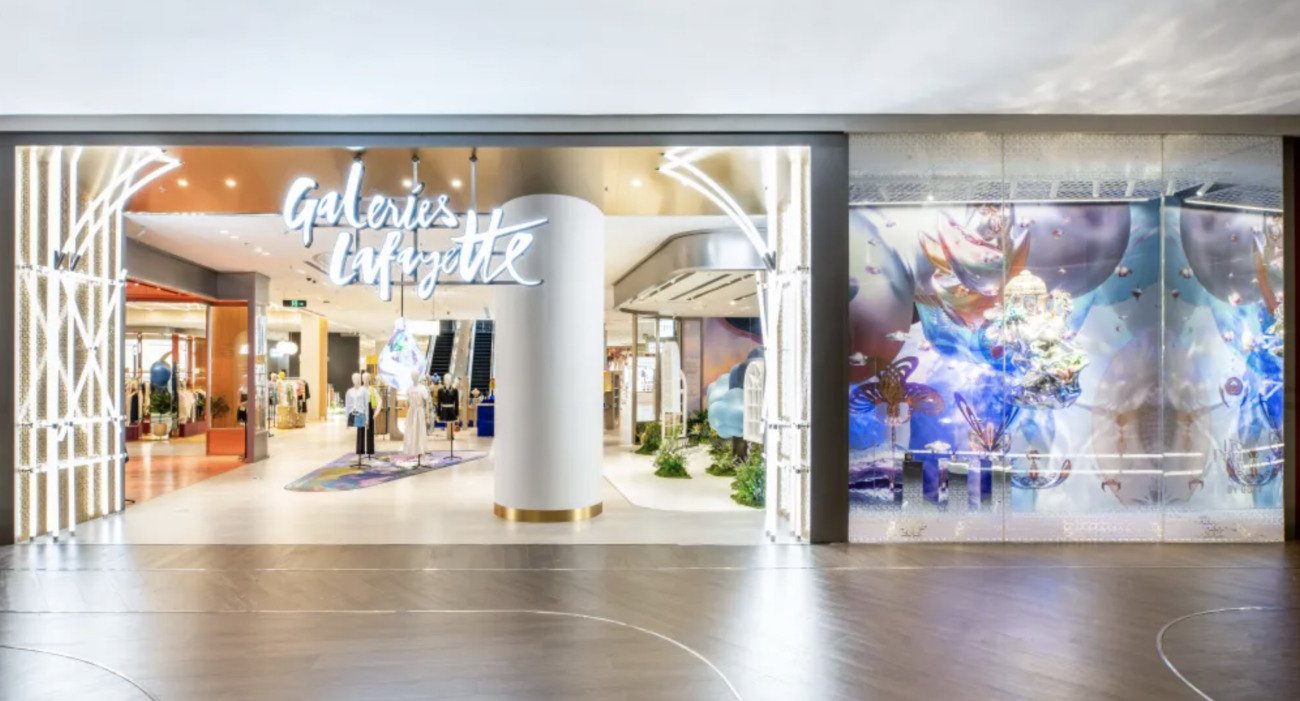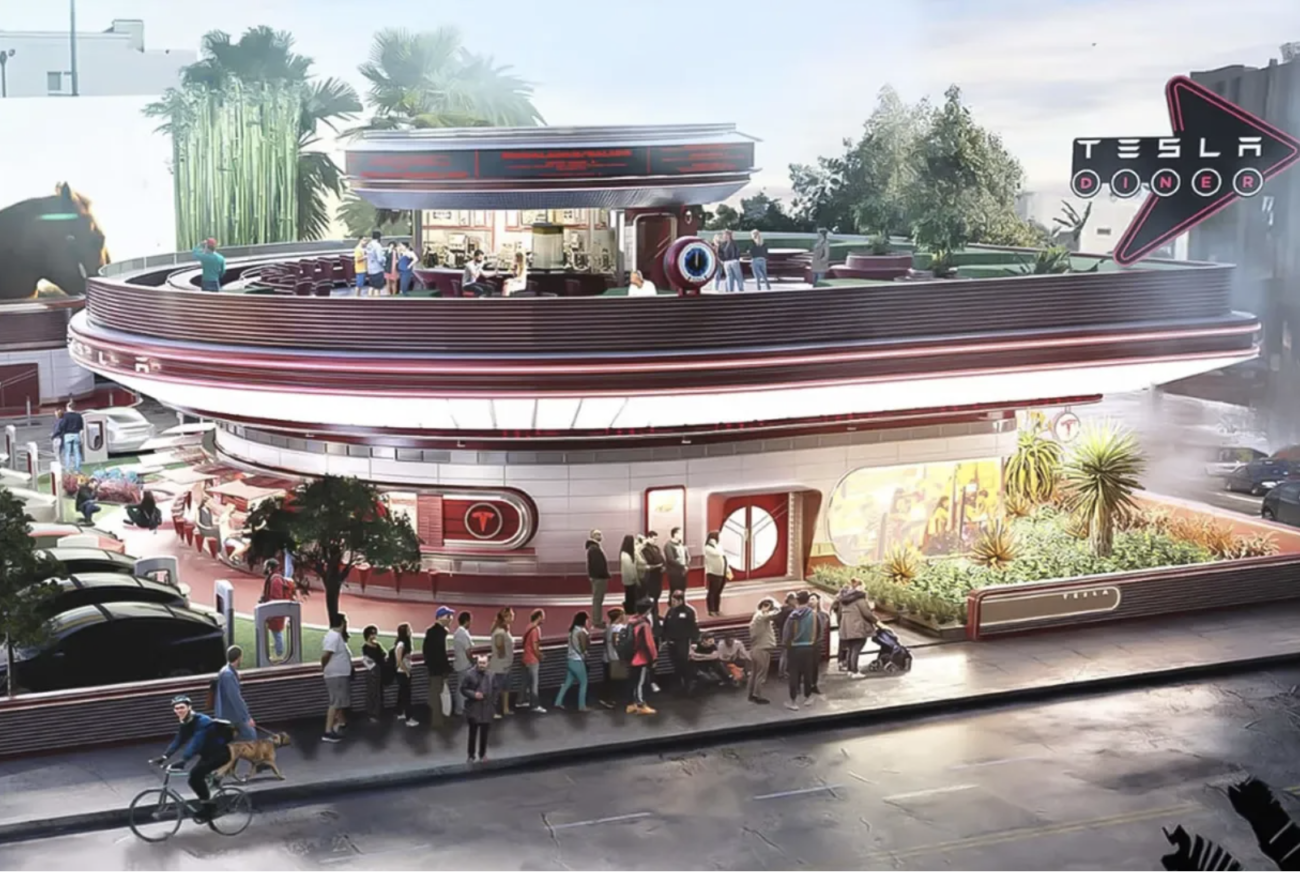US Shopping Trends By State
Most internet users are very familiar with the experience of viewing tailored, demographically targeted ads while online. Behind the scenes of this data-based practice, however, one company has been eyeing the bigger picture of geographical

Most internet users are very familiar with the experience of viewing tailored, demographically targeted ads while online. Behind the scenes of this data-based practice, however, one company has been eyeing the bigger picture of geographical trends, and now has a pretty good idea of the toy-to-shoe store ratio in your daily commute.
Specialised tech firm Skyhook Wireless recently released the informative and occasionally curious results of a study of its own data on US retailers. Founded in 2003, the company uses the locations of Wi-Fi access points across the globe to provide a location infrastructure for mobile devices, thereby servicing “billions of location requests in all of the places that they happen” without the aid of GPS.
In the course of providing this service, the company has amassed over a decade’s worth of data on the behaviours of mobile device users, but also on the providers of Wi-Fi access points encountered by consumers with mobile devices, most often retail “venues.” Looking to sift meaning from this data hoard, Skyhook set out “to uncover how population density impacts the presence of retailers in each US city and state, as well as how the presence of different types of retailers in an area reflects the lifestyle of that region.”
In approaching their massive data store, Skyhook researchers “looked at the number of venues in each category per capita” in order to establish and/or define a “normal number of venues” for an area in the US. The results of this analysis included many examples of “over-indexed” — or unusually dense — retail zones in certain regions, the company explains:
Over-indexing means that that state has X% higher than average in that venue type. Florida, for example, over indexes in mobile tech stores by 34% and that’s the highest category we found to over index. If you see if across other states, those are the ones that have the highest number of mobile tech per capita.
Among other things, study of the group’s data uncovered the following (possibly poignant) retail abundances:
-In California, the presence of 1 home furnishing store per every 3,300 people
-In New York, the presence of 1 apparel store per every 2,000 people — 4.3 times the national average
-In Berkeley, CA, a whopping 8.5 shoe stores per square mile
The data also revealed that Mississippi, Illinois, Tennessee, and Alabama contain the most women’s apparel stores per capita, and that cities with the highest concentration of toy stores include Lancaster, PA, Sarasota, FL, Pensacola, FL, Miami, FL, and Greenville, NC.
Beyond providing location services to companies such as Apple, Samsung, Sony and Mapquest, Skyhook has also begun offering a “Context Accelerator” service to clients. By accumulating and sorting info on targeted, consumer-specific services in a given area, the company aims to “radically [simplify] harnessing the full power of a user’s location data to deliver frictionless, vital mobile experiences [of] relevant content” with the product, but also remain “highly respectful of privacy” while gathering consumer data.
Via PSFK
 English
English








